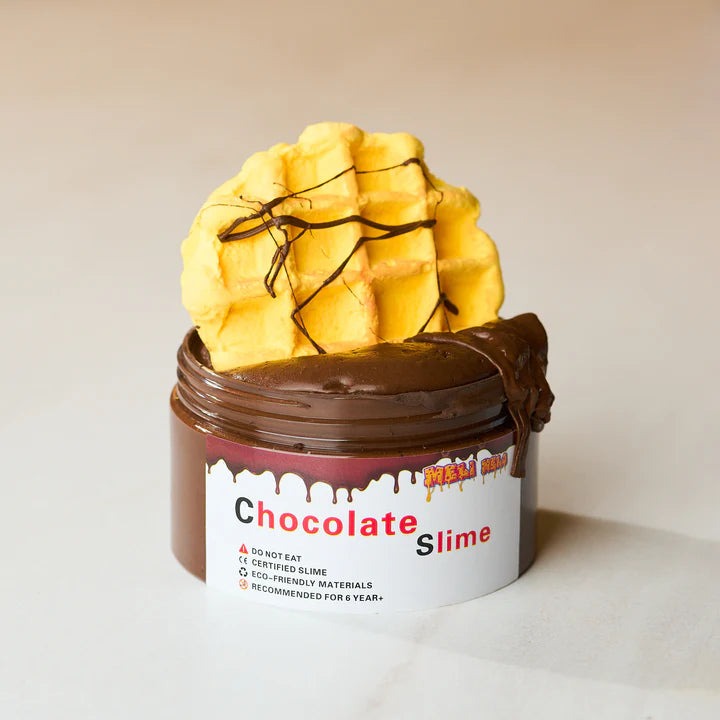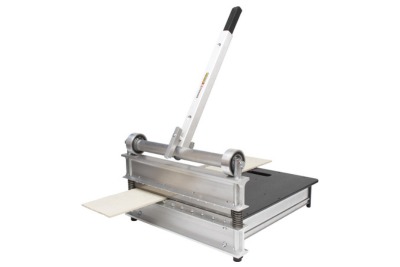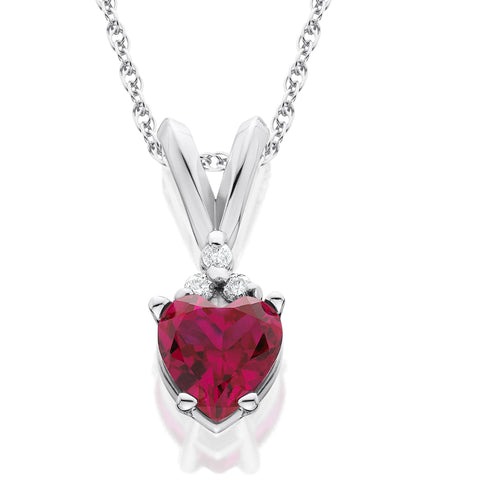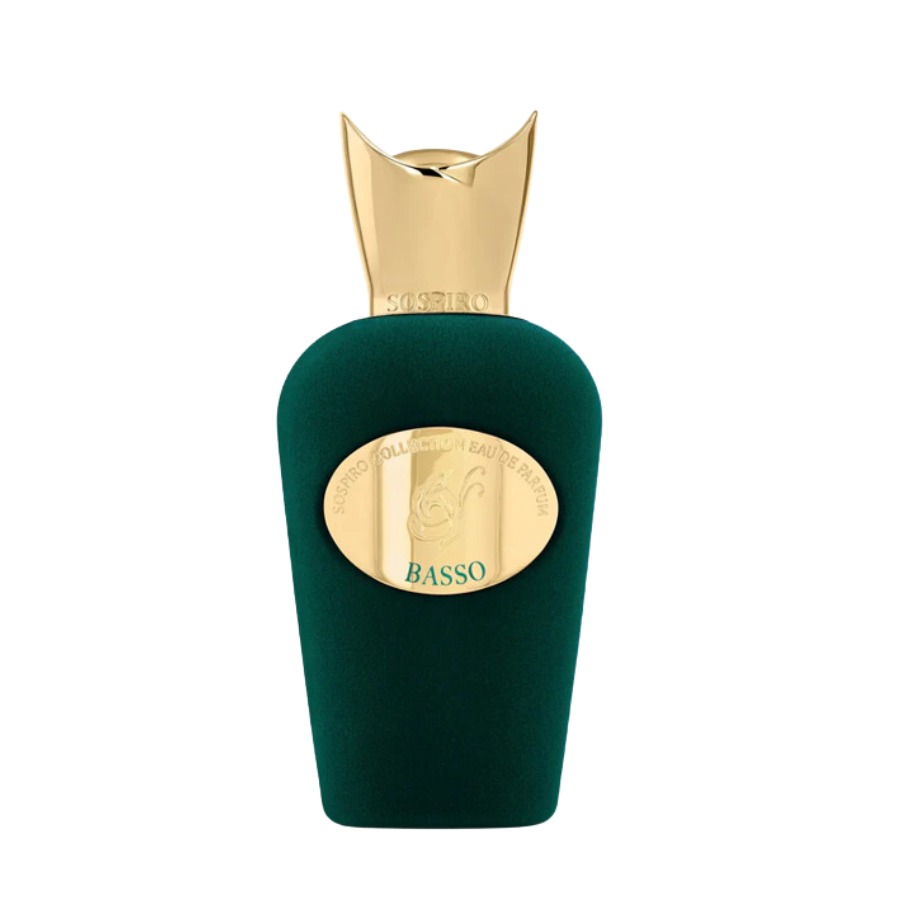Metal Roof Snow Guards VS Snow Rails
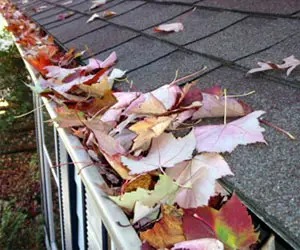
When winter blankets rooftops with snow, protecting your property becomes a priority. Metal roofs, known for their durability, can pose risks when snow accumulates and slides off in large sheets. This is where snow management systems like snow guards and snow rails come into play. Both solutions prevent sudden snow avalanches, but which one is better for your needs? Let’s explore the differences, benefits, and applications of metal roof snow and snow rails to help you decide.
What Are Snow Guards?
Snow guards are small devices attached to the surface of a metal roof. Their primary function is to hold snow in place, allowing it to melt gradually and evenly. Typically made of metal or polycarbonate, snow guards come in various styles to suit different roof designs.
Advantages of Snow Guards
Cost-Effective: Snow guards are often more affordable than snow rails.
Easy Installation: They can be installed on specific areas of concern, like above entryways or walkways.
Customizable Placement: Snow guards can be arranged in patterns to meet specific needs.
Best Uses for Snow Guards
Snow guards are ideal for residential properties or buildings in regions with moderate snowfall. They provide localized snow retention, preventing dangerous snow slides in high-traffic areas without covering the entire roof.
What Are Snow Rails?
Snow rails are continuous barriers installed along the edge of a roof to prevent snow from sliding off. Unlike snow guards, which are individual units, snow rails provide a uniform line of protection across the roof. These systems are usually made of metal and are secured with brackets or clamps.
Advantages of Snow Rails
Comprehensive Protection: Snow rails cover the entire roof edge, ensuring even snow distribution.
Durability: Made of sturdy materials, snow rails can handle heavy snowfall.
Aesthetic Appeal: They blend seamlessly with metal roofs, offering a polished appearance.
Best Uses for Snow Rails
Snow rails are well-suited for commercial buildings, large residential properties, or areas prone to heavy snowfall. They are ideal for roofs with a consistent need for snow retention across their entirety.
Key Differences Between Snow Guards and Snow Rails
Feature Snow Guards Snow Rails
Design Individual units Continuous barrier
Cost Generally lower Higher initial cost
Installation Localized Full roof edge coverage
Application Residential or targeted areas Commercial or full-roof protection
Aesthetic Impact Visible but customizable Streamlined and discreet
Factors to Consider When Choosing
Roof Size and Design
The size and slope of your roof significantly influence your choice. Snow guards work well for smaller roofs or sections, while snow rails are better for larger roofs requiring comprehensive coverage.
Snowfall Intensity
If your area experiences light to moderate snowfall, snow guards are a practical solution. For regions with heavy snow loads, snow rails offer superior safety and durability.
Budget
Snow guards are generally more affordable, making them ideal for homeowners on a tight budget. Snow rails, though costlier upfront, provide long-term value for larger properties.
Maintenance and Longevity
Both snow guards and snow rails are low-maintenance once installed. Regular inspections, especially after heavy snowfall, are recommended to ensure they remain secure and effective. Investing in high-quality materials ensures longevity for both systems.
Conclusion
Choosing between snow guards and snow rails depends on your property’s unique needs, climate, and budget. Snow guards are cost-effective and versatile for targeted protection, while snow rails provide comprehensive coverage for larger roofs in areas with heavy snowfall. By understanding the benefits and applications of each system, you can make an informed decision to keep your roof safe and your property protected this winter.
Note: IndiBlogHub features both user-submitted and editorial content. We do not verify third-party contributions. Read our Disclaimer and Privacy Policyfor details.



